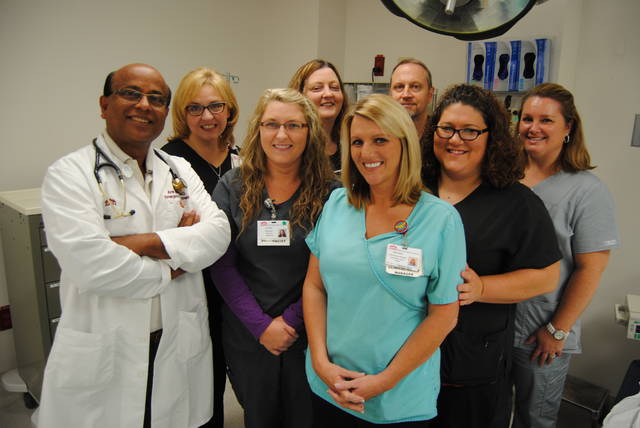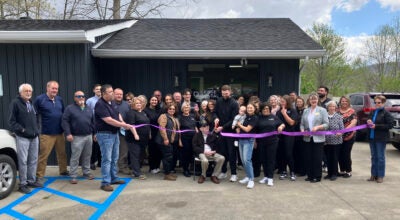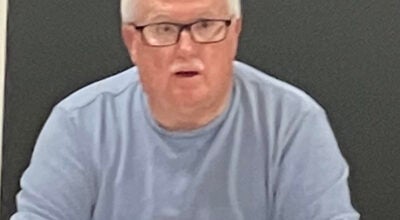Stroke certified
Published 9:03 am Thursday, October 5, 2017
Harlan ARH Hospital recently achieved national certification in the treatment of stroke.
However the key to substantial and long-term success in improving the outcomes of stroke patients, local hospital officials say, is in the public’s quick recognition of stroke symptoms.
Because when it comes to treating a stroke, time is of the essence. Fast action makes all the difference.
The public must have understanding of what having a stroke looks like, said Rachel Jenkins, RN, stroke program coordinator at Harlan ARH.
Modern diagnostic and treatment methods for stroke patients are now available for people in Harlan, so the sooner everyone can recognize the symptoms and get medical attention, the greater the chance for successful treatment, she noted.
A generation ago, a broad effort was made to teach everyone to recognize the symptoms of a heart attack. The result was a tremendous improvement in response, treatment and patient outcomes.
Medical professionals are now focused on doing the same with stroke.
According to the American Heart Association/American Stroke Association, people should act F.A.S.T., which is the acronym for quickly recognizing stroke symptoms so care can be provided as soon as possible.
“F” refers to face drooping. Does one side of the face droop or is it numb? Just ask the person to smile.
“A” is for arm weakness. A common sign of stroke is that one arm will be weak or numb. Ask if they can raise both arms and then look to see if one drifts back down.
“S” means to check for speaking difficulty. Are they slurring their words? Can they even speak or are they just hard to understand? Ask them to repeat something simple, like “the sky is blue.” Can they do it correctly?
The “T” is, of course, about time…as in it’s time to call 911.
“If you see any of these symptoms, even if they go away, call 9-1-1 and get the person to the hospital immediately by ambulance,” said Jenkins.
Earlier this year, the hospital earned recognition for its response and treatment for stroke from The Joint Commission, the leading accreditation organization for hospitals, and the American Heart Association/American Stroke Association.
This level of expertise is referred to as an Advanced Disease-Specific Care Certification for Acute Stroke Ready Hospital and recognizes Harlan’s status as among the most effective and efficient rural facilities in this specialty.
Certification by these organizations is given to hospitals that are equipped to treat stroke patients with timely, evidence-based care prior to transferring them to a more advanced facility.
Harlan ARH Hospital underwent nearly two years of preparation work and then a rigorous onsite review to assess its compliance with the Joint Commission’s requirements, including:
• A dedicated stroke-focused program;
• Staffing by qualified medical professionals trained in stroke care;
• Collaboration with local emergency management agencies;
• 24/7 ability to perform rapid diagnostic and laboratory testing;
• Ability to administer intravenous clot-busting medications to eligible patients;
• The availability of telemedicine technology.
This survey process focused on the hospital’s emergency department, but also included significant investigation of the quality and preparedness of the inpatient and intensive care nursing staff. Also, all nurse leaders were trained to respond to alerts and care for patients in the hospital.
“We are committed to providing the highest level of patient care and service to our community,” said Donnie Fields, Harlan ARH Community CEO. “This certification is an example of that commitment and enhances our ability to more effectively treat acute stroke.”
Established in 2015, Acute Stroke Ready Hospital Certification is awarded for a two-year period to Joint Commission-accredited hospitals and critical access hospitals.
However, response to an acute condition is only part of the answer, Jenkins stressed. Current medical research shows that about 80 percent of strokes can be prevented. While some risk factors are uncontrollable, like age and race, others can be reduced with small lifestyle changes, she added. Hypertension, or high blood pressure, is the leading risk factor for stroke.






